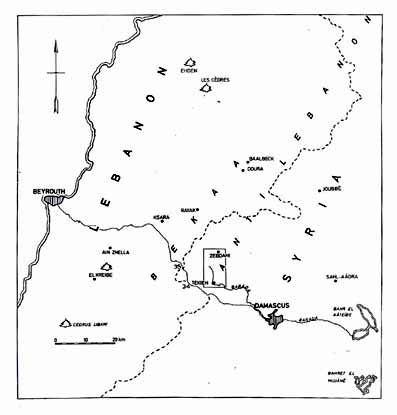A
POLLEN DIAGRAM FROM
THE SYRIAN ANTI LEBANON

Map of Lebanon
and part of Syria including the coring and surface sampling sites.
Historical
or archaeological evidence can also be important in dating non-documentary
records such as pollen diagrams. In the case of one core from
southwest Syria, the presence of an exotic pollen type, that
of maize (Zea mays), helped show that the upper part
of the core dated to recent centuries and not to the early Holocene
as had previously been proposed (Bottema, 1977). Maize is a
native to the Americas and was only introduced into the Old
World as a crop after the Spanish conquest of Mexico in the
sixteenth century.
Golden
Age Project Comment - Conventional archaeology could
not accept the Bottema evidence that maize pollen was found
at this location as early as 7500 BC. However, this imminent
professional can now be shown to have been correct.
Agriculture - Main Index
Origins
and Spread of Agriculture and Pastoralism in Eurasia
|